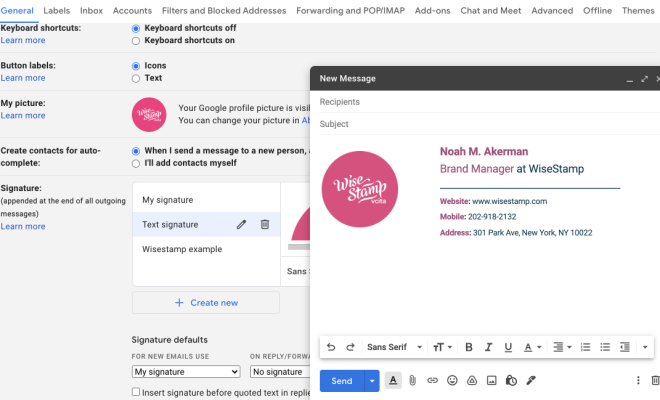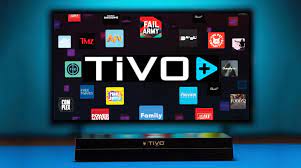An AI Implementation Lesson from Netflix

When it comes to managing content, Netflix understood the difficulties involved. The company handles enormous amounts of data each day and is under pressure to provide the proper content to each user. Educational publishers face similar issues. Those publishers can learn valuable lessons from the way Netflix addressed those issues.
Netflix made a significant investment in artificial intelligence to develop and implement its popular personalized recommendations feature. It evaluates what users have watched and enjoyed, then searches Netflix’s database for similar content. That new content is then presented to users in a format that makes it easy for them to find new content to enjoy.
Netflix has estimated that this feature saves the company $1 billion a year in lost subscriptions. It also estimates that about 80 percent of what an average user watches is based on personalized recommendations, not on searches. Stated another way, AI has allowed Netflix to strike a balance between giving users the freedom to choose while reducing the “choice stress” that users were experiencing.
So what lessons can content managers in the publishing industry glean from Netflix? Following are three ways that Netflix benefited from AI, and how educational publishers can duplicate that success.
1. Go big.
Adopting AI technology is not easy, and installation comes at a significant cost. But crucial to its success is viewing AI as a long-term investment with the significant potential to boost profits, not as a short-term cost-saving solution. Netflix succeeded with its AI investment because it went big. It took a leap of faith to spend millions of dollars and countless development hours with no certainty it would pay off.
But Netflix has benefited enormously from AI. The company is equipped to continue adding AI components because an AI infrastructure is already in place. The company is now able to easily adapt to any future technology changes.
In the same way, publishers will benefit from using AI to modernize their content delivery. It’s possible to begin with a smaller process that tags educational content metadata, so it should no longer be an option to delay AI implementation.
2. Focus on end users.
Netflix’s AI adoption focused investments on the experience of its end users, which helped them become the leading entertainment streaming service.
The end users for educational publishers are usually school district personnel and students, both of which rely on technology now more than ever before. The demand for smart content management solutions continues to increase, but publishers are still choosing not to invest in AI tech that would best serve their end users. Investing with the end users’ needs in mind would allow publishers to make the best choices about how they use their energy and time.
3. Plan strategically.
Netflix did not enter its AI implementation blindly. It researched consumers for years before making significant investments. Publishers must do the same when adopting their AI. Strategic planning will help convince executives of the inherent value of AI and help dissipate related fears.
Studying and applying Netflix’s approach to AI will allow publishers to experience dramatic returns on their own AI investments.






